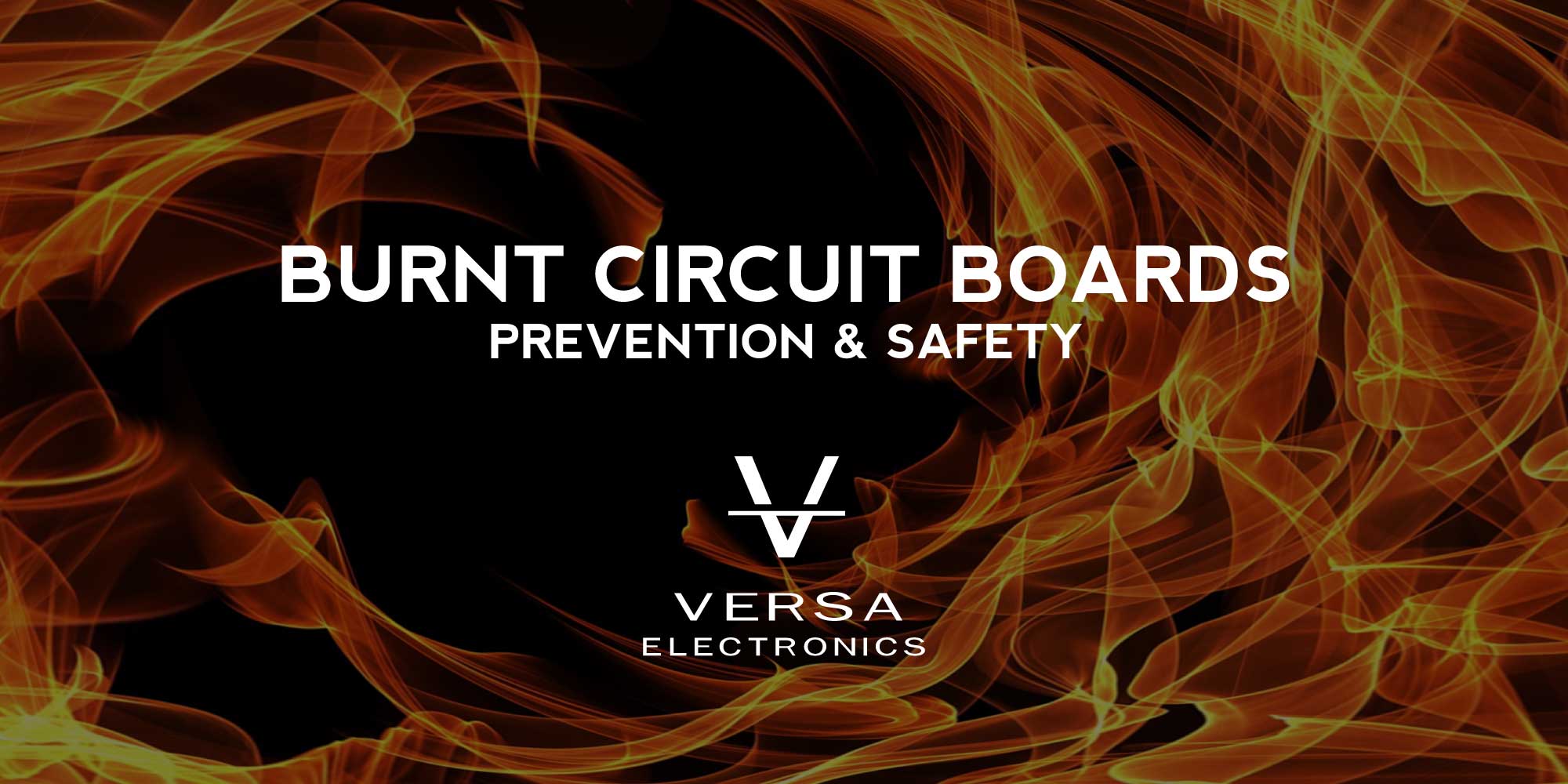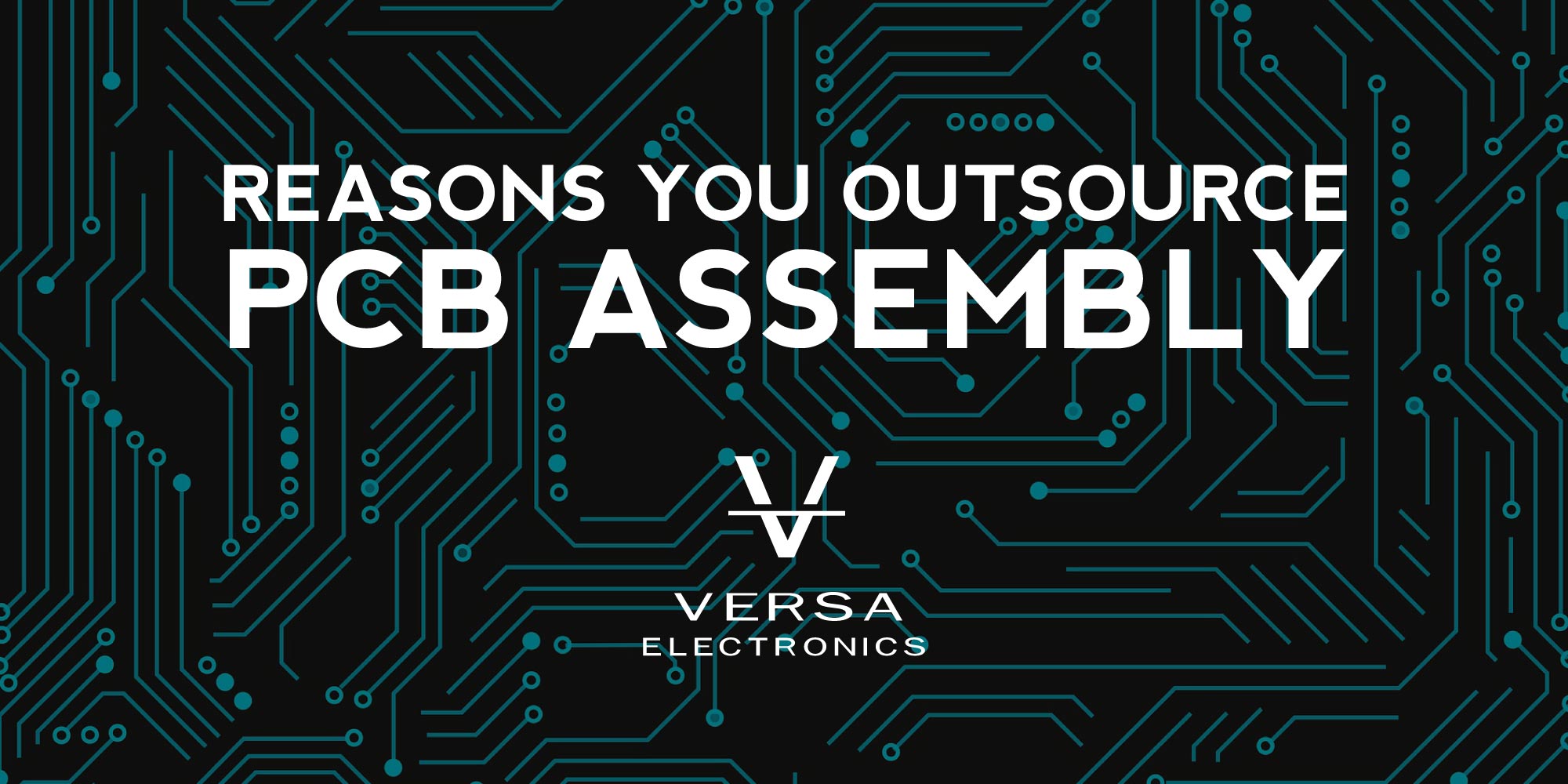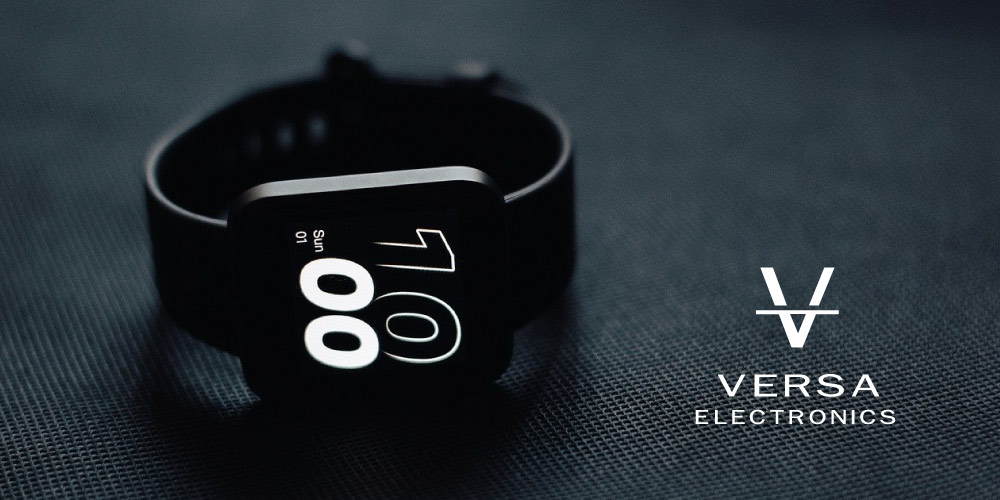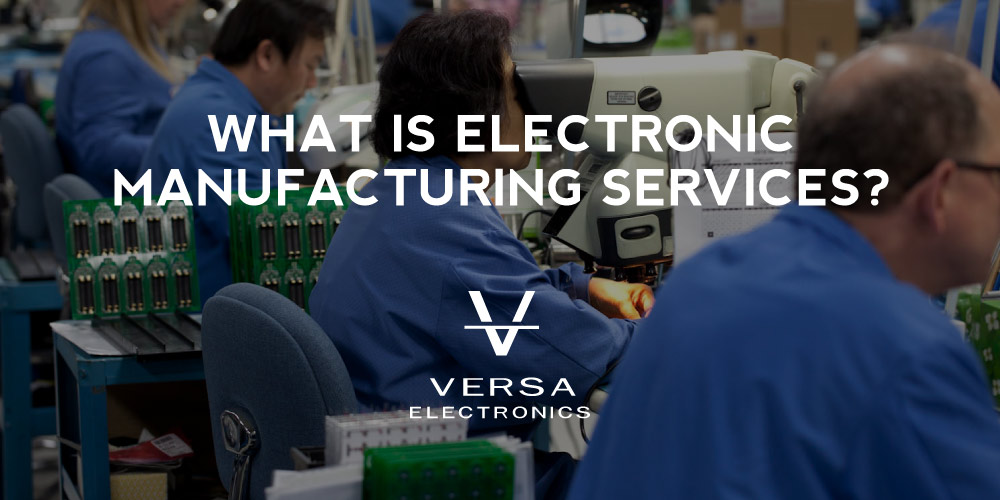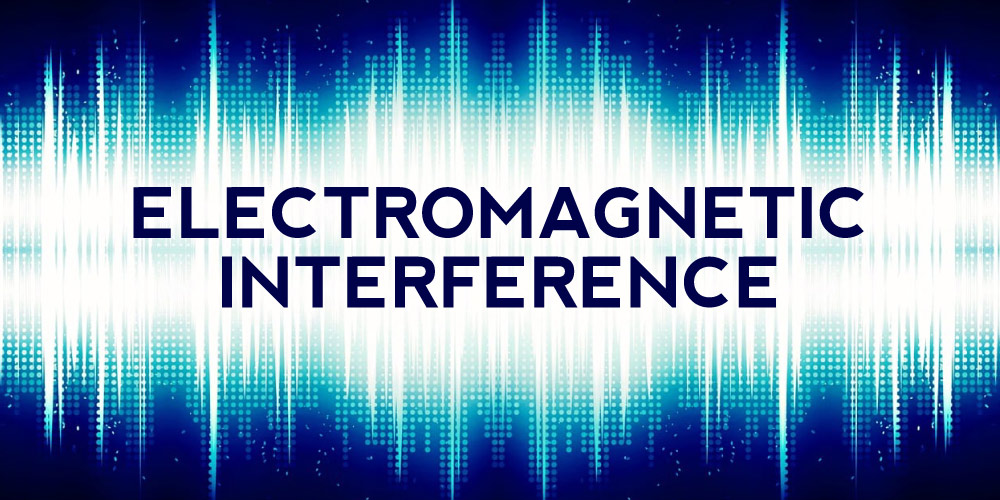Printed Circuit Boards (PCBs) are essential components of modern electronics. They are used in various devices, including smartphones, computers, and medical equipment. However, PCBs can sometimes catch fire, leading to a burnt circuit board. A burnt circuit board can cause severe damage to the device, and in some cases, it can even result in injuries or fatalities.
Table of Contents:
- Causes of Burnt Circuit Boards
- Precautions to Avoid Burnt Circuit Boards
- Safety Measures by Certified Electronics Manufacturing Service Providers
- Testing of PCBs by Certified Electronics Manufacturing Service Providers
- Conclusion
Causes of Burnt Circuit Boards
There are several causes of burnt circuit boards. One of the most common causes is overheating. When a PCB overheats, it can cause the components on the board to malfunction, leading to a burnt circuit board. Overheating can be caused by various factors, including:
- Overloading: When a PCB is overloaded with too much current, it can cause the board to overheat and lead to a burnt circuit board.
- Poor ventilation: A PCB that is not properly ventilated can also overheat and catch fire.
- Short circuits: A short circuit can occur when the current flows through a path with low resistance, causing the PCB to overheat and potentially leading to a burnt circuit board.
- Component failure: When a component on the PCB fails, it can cause the board to overheat and catch fire.
Precautions to Avoid a Burnt Circuit Board
To avoid a burnt circuit board, there are several precautions that can be taken. These include:
- Proper ventilation: Ensure that the PCB is properly ventilated to prevent overheating.
- Proper design: Design the PCB with appropriate component selection, layout, and trace width to avoid overloading, short circuits, and other potential causes of overheating.
- Proper assembly: During assembly, ensure that the components are properly soldered, and there are no solder bridges that could cause short circuits. Also, do not exceed the recommended torque values for fasteners, as this can cause PCBs to warp, creating shorts and potentially causing overheating.
- Proper maintenance: Regularly check the PCB and its components to ensure that they are functioning correctly, with no signs of overheating, component failure or other issues.
Safety Measures by Certified Electronics Manufacturing Service Providers
Certified Electronics Manufacturing Service Providers take safety measures to ensure that PCBs are manufactured to the highest quality standards. These measures include:
- Certification: Certified Electronics Manufacturing Service Providers are certified to manufacture PCBs according to industry standards such as ISO 9001, IPC-A-610, and AS9100. These certifications ensure that the PCBs are manufactured to a high quality and with strict adherence to safety measures.
- Training: Employees of certified electronics manufacturing service providers are trained in safety measures and how to identify and prevent issues that could lead to a burnt circuit board.
- Equipment: Certified Electronics Manufacturing Service Providers use the latest equipment to manufacture PCBs. This equipment is regularly maintained to ensure that it is functioning correctly and that it does not contribute to any potential causes of a burnt circuit board.
- Inspection: PCBs are inspected during and after the manufacturing process to ensure that they are free from defects that could cause a burnt circuit board.
Testing of PCBs by Certified Electronics Manufacturing Service Providers
Certified Electronics Manufacturing Service Providers perform tests on Printed Circuit Boards (PCBs) to prevent burnt circuit boards. These tests include electrical and environmental testing, which ensures the PCBs function correctly in a range of environments. Certified providers use the latest equipment, maintain their equipment, and inspect PCBs during and after the manufacturing process to prevent defects that could cause burnt circuit boards. The high level of testing and quality control provided by certified providers reduces the likelihood of a burnt circuit board, protecting end-users, and ensuring device longevity. According to a survey by the IPC (Association Connecting Electronics Industries), PCB fabrication yields about 96% good boards, and about 4% are scrap or rework. By partnering with a certified Electronics Manufacturing Service Provider, businesses can benefit from industry-standard quality control measures and reduce the risk of costly burnt circuit boards.
Types of PCB Testing
Electrical testing is done to ensure that the PCB is functioning correctly and all components are working properly. This testing includes checks for continuity, shorts, and opens in the circuitry, as well as functional testing of the various components on the board.
Environmental testing is done to ensure that the PCB can withstand various environmental conditions without failure, such as changes in temperature, humidity, and vibration. Environmental testing can also include testing for shock and drop resistance, as well as exposure to chemicals and other potential hazards.
Certified Electronics Manufacturing Service Providers also inspect PCBs during and after the manufacturing process to ensure that they are free from defects that could cause a burnt circuit board. These inspections can include visual inspections, X-ray inspections, and automated optical inspections (AOI) to detect issues such as solder bridging, incorrect component placement, and other potential defects.
By performing these tests and inspections, certified providers can ensure that the PCBs they manufacture are of the highest quality and are less likely to result in burnt circuit boards, protecting end-users and ensuring device longevity.
Conclusion
In conclusion, burnt circuit boards can cause significant damage to electronic devices, and in some cases, can even lead to injuries or fatalities. Overheating due to overloading, poor ventilation, short circuits, or component failure are the primary causes of burnt circuit boards. To prevent burnt circuit boards, proper design, assembly, maintenance, and ventilation are necessary precautions. Certified Electronics Manufacturing Service Providers take safety precautions to ensure that PCBs are manufactured to the highest quality standards and are extensively tested to prevent burnt circuit boards. By performing electrical and environmental testing, inspections, and maintaining their equipment, certified providers can reduce the risk of burnt circuit boards, ensuring device longevity, and protecting end-users. As a result, businesses can benefit from partnering with a certified Electronics Manufacturing Service Provider and implementing industry-standard quality control measures.
References
- “Overheating: A Common Cause of Electrical Fires.” National Fire Protection Association, 2016, https://www.nfpa.org/Public-Education/Teaching-tools/Safety-tip-sheets
- “How to Identify and Prevent Overheating Damage to Circuit Boards.” ACS Industrial, 2022, https://blog.acsindustrial.com/circuit-board-repair/how-to-identify-prevent-acoverheating-damage-circuit-boards/
- “PCB Compliance and Regulatory Safety Testing.” UL Solutions, 2020, https://www.ul.com/services/pcb-compliance-and-regulatory-safety-testing
- “6 Types of Electronic Component Failures in PCBs.” Sierra Circuits, 2019, https://www.protoexpress.com/blog/types-electronic-component-failures-pcbs/
- “What Does an Electronic Manufacturing Services Company Do?.” Versa Electronics, 2019, https://versae.com/what-does-electronic-manufacturing-services-company-do/

